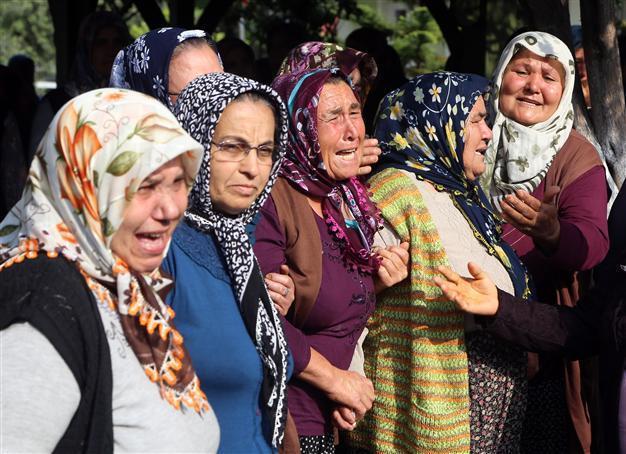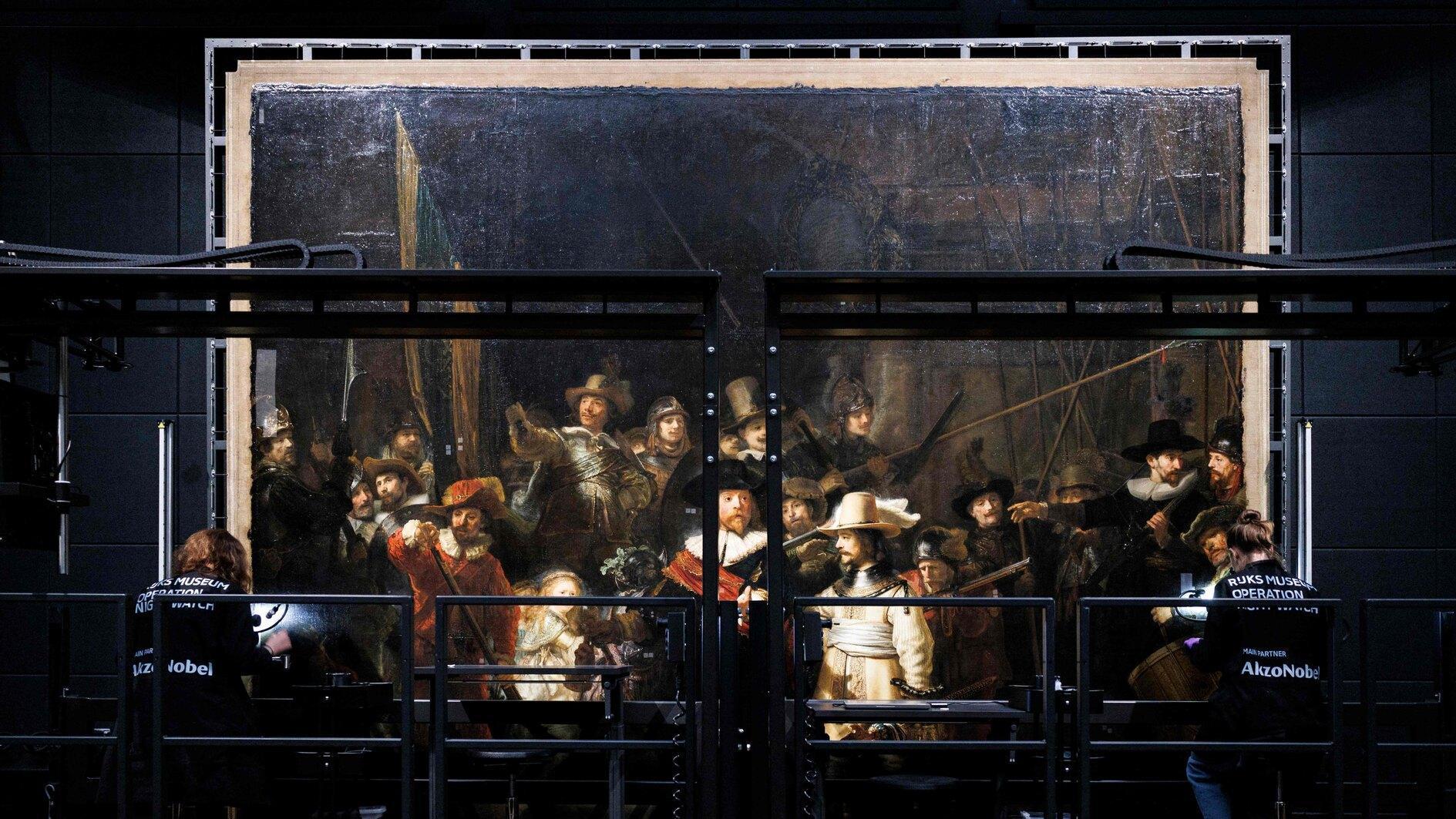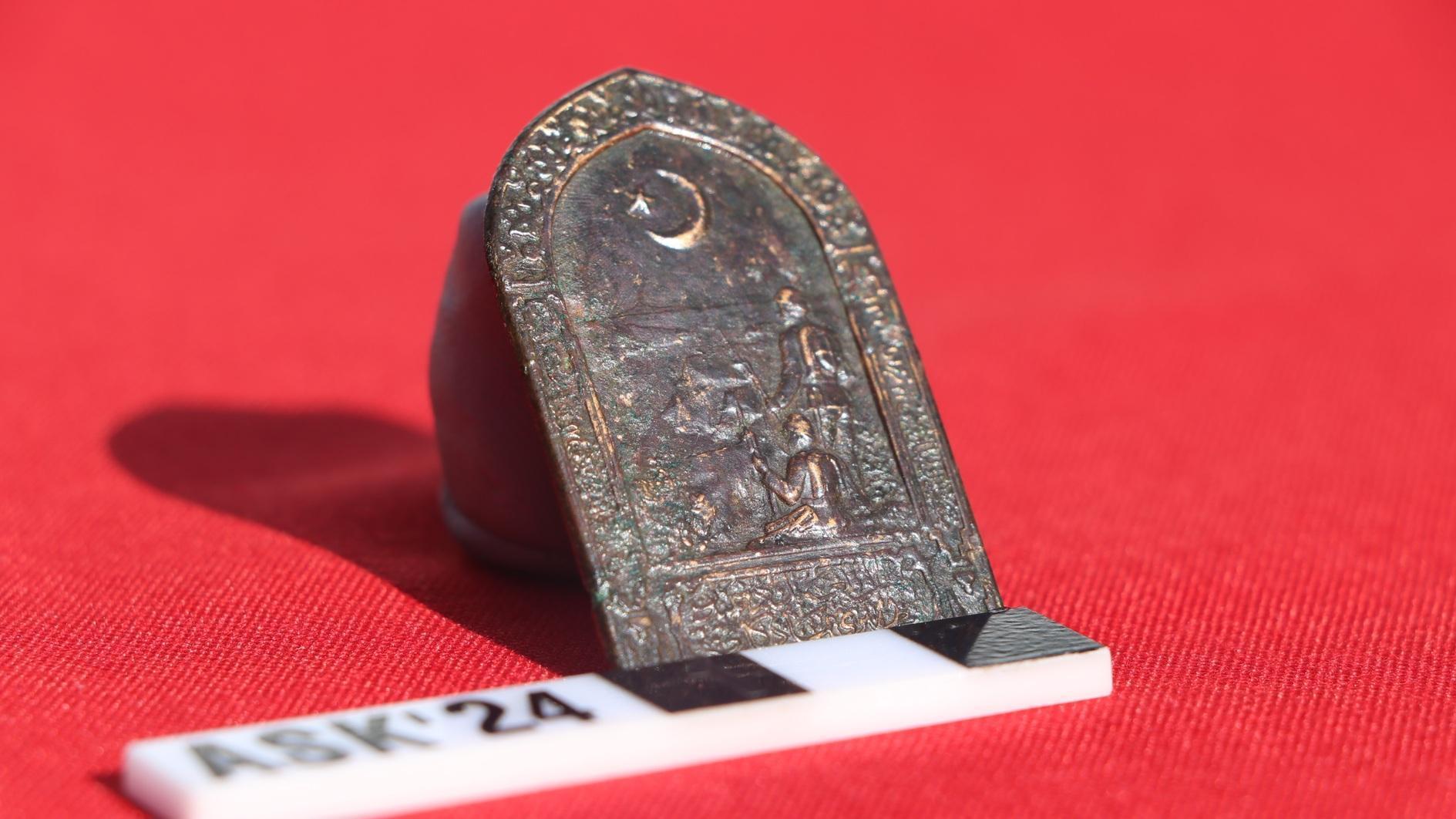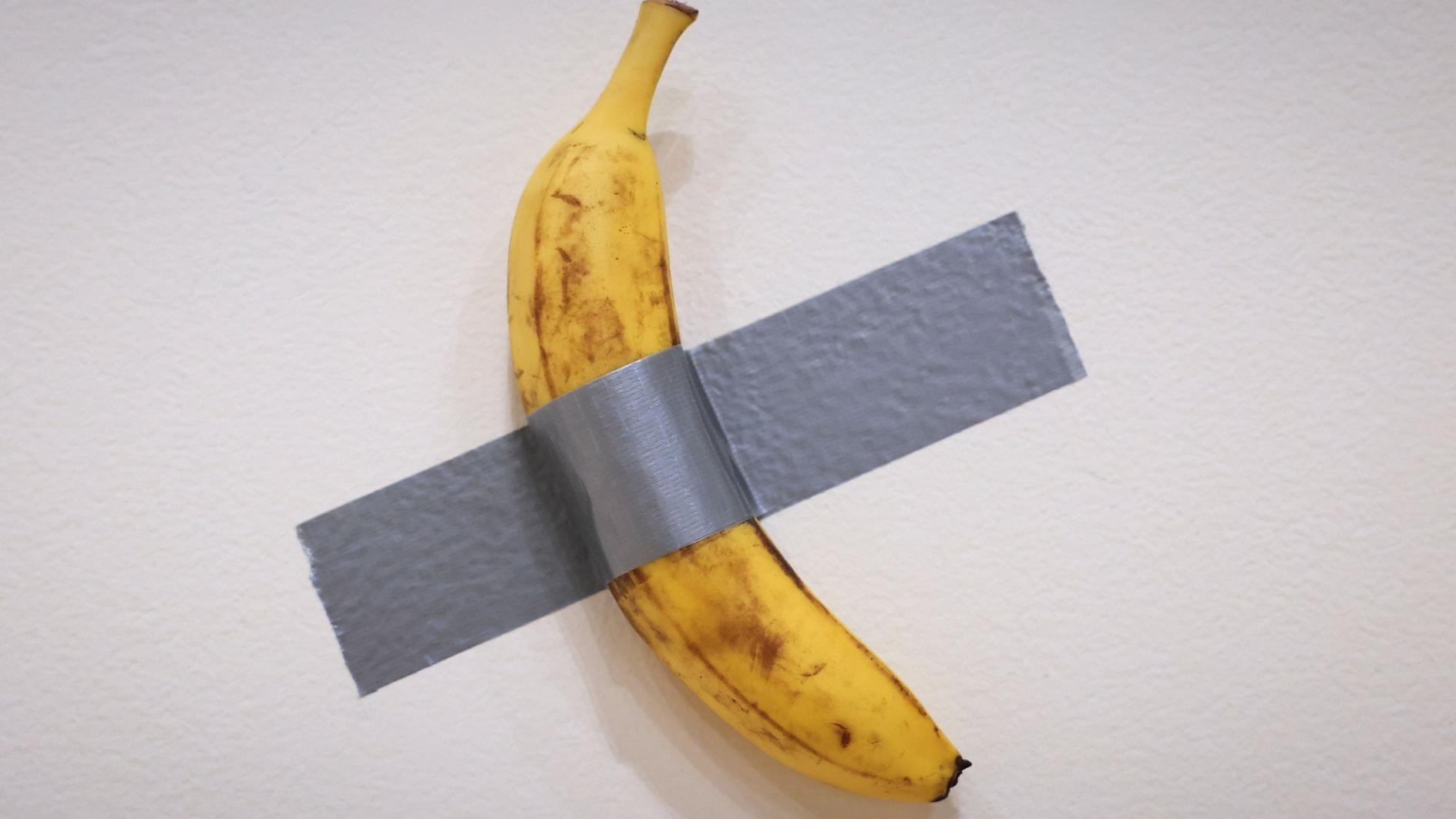Individual grief in national mourning
BELGİN AKALTAN - belgin.akaltan@hdn.com.tr

AA Photo
I don’t have a flag of my own to lower at half-mast. I don’t know what it means or what kind of a tribute or respect or comfort that flags at half-mast can bring in such unparalleled tragedies like Soma.It must be a psychological thing. The flags flying at half-mast may be a way of saying, “Oh, our beloved, the whole nation is with you. We are all sympathizing with you. We are all sorry for you, with you; oh, so sorry. We are with you; we feel your pain. Is there anything we can do, as a nation?”
Somehow, strangely, this Soma tragedy and the lowering of the flags reminded me of the time when our national team flew back home in 2002 from the World Cup in Korea/Japan. They had a hero’s welcome because they came third, starting with Turkish Air Force jets flying together with their THY plane when they entered Turkish airspace. The plane was carrying the football players, technical staff, the coach and their families. The wives and the girlfriends were later telling of the incident and how they felt when the two jets accompanied their passenger plane in the air. I think the pilot put the voices of the military pilots on loudspeakers.
I think the flying of the flags at half-mast during national mourning and watching (or listening to/reading the story of) fighter jets accompanying a passenger plane in a historic welcome after a historic victory – even though they look like there is no similarity – I think both of them are genuine signs that your country is showing its feelings toward you in unique, special gestures. It is love in tangible form. It is the feeling of togetherness, solidarity, both in the good days and in the bad.
We were also like this after the major earthquake in 1999. Everybody felt each other’s pain, was trying to help, share, contribute, comfort with whatever means they had. We were all together. Our hearts were beating in synchrony.
In this mine incident, I am trying to cope with the tragedy as everybody else in Turkey. I no longer try to hide my tears when I cry, in the office or elsewhere. This is the story of my own individual grief within national mourning.
Details – it’s always the details that make me (and everybody else) cave in. Facts and numbers are sad; relatives and friends are very sad, but it is the details, those devastating details that one cannot stand out against.
Like the bodies of the miners being kept at Kırkağaç cold storage facilities. Kırkağaç is known for its wonderful tasting melons. (In the earthquake, bodies were stored at a skating rink at İzmit.) The story of a newly-wed couple… The story of survivors… A family member saying it has been only four days his brother had started working in the mine… The fact that some of the first groups of responders have also died… How in some villages a fraction of the male population is gone…
Anyway, the five stages of grief are generally accepted as 1) Denial and Isolation, 2) Anger 3) Bargaining 4) Depression and 5) Acceptance.
I always seem to be stuck at phase two. I’m always angry; can’t seem to move on to the next phase. Normally, I am a peaceful person (really?) but violent acts are passing through my mind now. I want to grab a few collars and shake the person until he comes to his senses. And maybe throw some of them against the wall.
I have developed a funny grief-stricken sound, not like the ones you hear on television but lower, deeper, even funny, uhhhhh, or ovvovvvovv.
I want to shave the energy minister’s beard. He looks like an imam and you know how much I like imams.
My capacity to grieve is short and small. When I read Soma stories in the paper, I run out of breath. I start suffocating after a few pages and then I need to take a break. On the Internet, I have to take a break after any two or three items. The television – I go out of the room or office – I don’t know. I can only watch TV in short intervals. I am not that strong.
I want to make silly jokes like “A TOMA for Soma?” (TOMA is the police’s riot control-water cannon vehicle.) “All the TOMAs and Somas in the world, join together.” I want to repeat the name of the market in Soma where there was a scuffle among kids: Yeşil Portakal, which translates into Green Orange, just as absurd as the scuffling kids inside.
I have already named, in my mind, the cold storage facilities that have been turned into a morgue in Kırkağaç “The Melon Morgue.” There is a saying in Turkish, that you can understand what kind of a melon you are buying by smelling or groping the bottom of the fruit. Then the saying continues, knowingly, “But you can’t do this with people.” Maybe we should have smelled certain parts of certain people, just in case…
I also have a piece of advice for the officials. There is a very good psychiatric clinic right there at Manisa. Take certain people directly there before heading for Ankara. Why don’t you all take some rest there for a few months? Rent some rooms, get some straightjackets, and get some fresh air… It would be good for you and good for all of us… We will visit you often, believe me… Oh, I can’t wait to see you there… The Green Orange supermarket will send you a fruit basket every morning...
belgin.akaltan@hdn.com.tr
https://twitter.com/belginakaltan
belgin.akaltan.com











